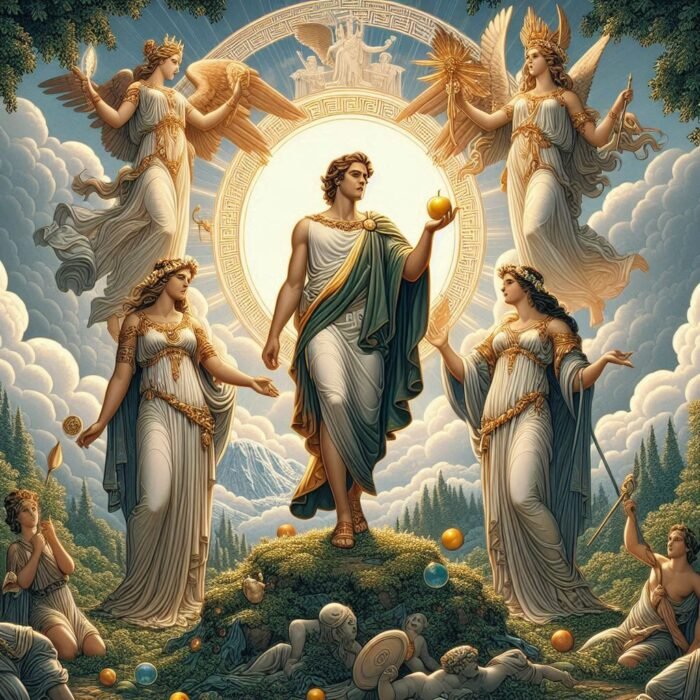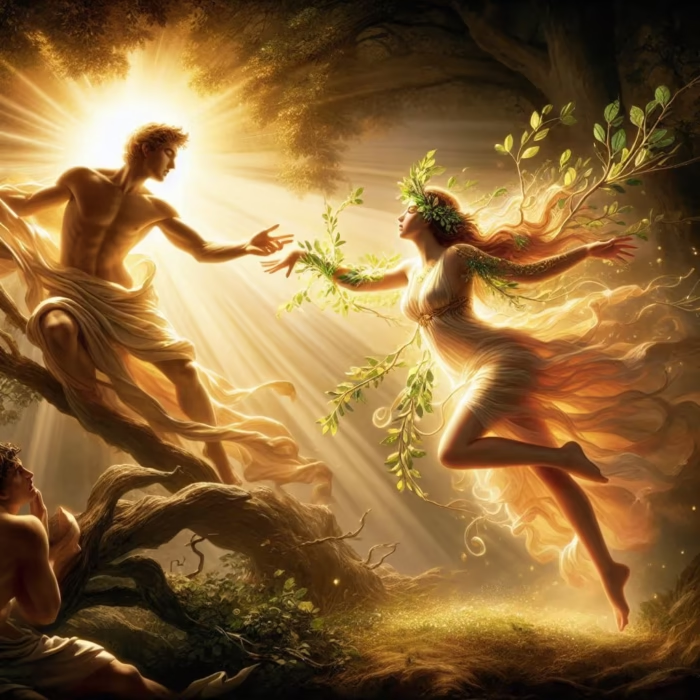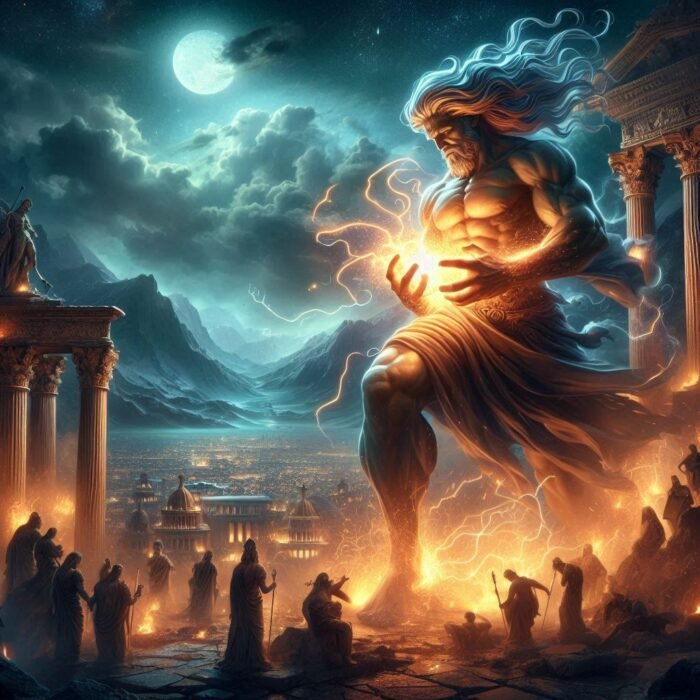One of the most poignant and complex myths in Greek mythology is the story of Persephone and Hades, a narrative that explains the changing seasons and explores themes of life, death, rebirth, and the inescapable bond between the mortal and divine realms.


The abduction of Persephone
Persephone, daughter of Demeter, the goddess of agriculture and fertility, was a radiant young goddess beloved for her innocence and connection to the earth’s bounty.
Her life took a dramatic turn when Hades, the god of the underworld and ruler of the dead, abducted her to be his queen in the shadowy realm beneath the surface of the earth and interacting with other Greek gods in the wider pantheon..
The Divine Compromise
This abduction was no mere act of cruelty but also a divine necessity, symbolizing the cycle of life and death.
Demeter’s grief plunged the earth into barrenness, sparking the first winter, while Persephone’s eventual partial return to the surface marked the arrival of spring and renewal.
This cyclical pattern embodied the ancient Greeks’ understanding of nature’s rhythms — a balance between loss and hope, decay and growth.
Beyond the agricultural symbolism, the myth also reflects deeper ideas about the transition from youth to adulthood, the acceptance of mortality, and the power dynamics between gods and humans.
Persephone’s dual role as both a goddess of spring and queen of the underworld highlights her as a liminal figure — one who exists between worlds, embodying both light and darkness.
Myth’s explanation of the seasons
The annual reunion of Persephone with her mother was celebrated in the Eleusinian Mysteries, a secretive and highly influential religious cult promising initiates spiritual renewal and a blessed afterlife.
These rites underscored the enduring power of the myth, which resonated deeply with the human experience of loss, transformation, and hope.
Hades himself, often misunderstood as a grim and malevolent figure, was in many ways a just and necessary god, maintaining order in the underworld and ensuring the proper cycle of life and death.
His relationship with Persephone, while forged through abduction, evolved into a complex partnership that balanced dominion over both the living and the dead.
In sum, the story of Persephone and Hades weaves a rich tapestry of myth and meaning — a timeless allegory for the eternal cycles that govern existence and the intertwining of joy and sorrow, light and shadow.



















Comments